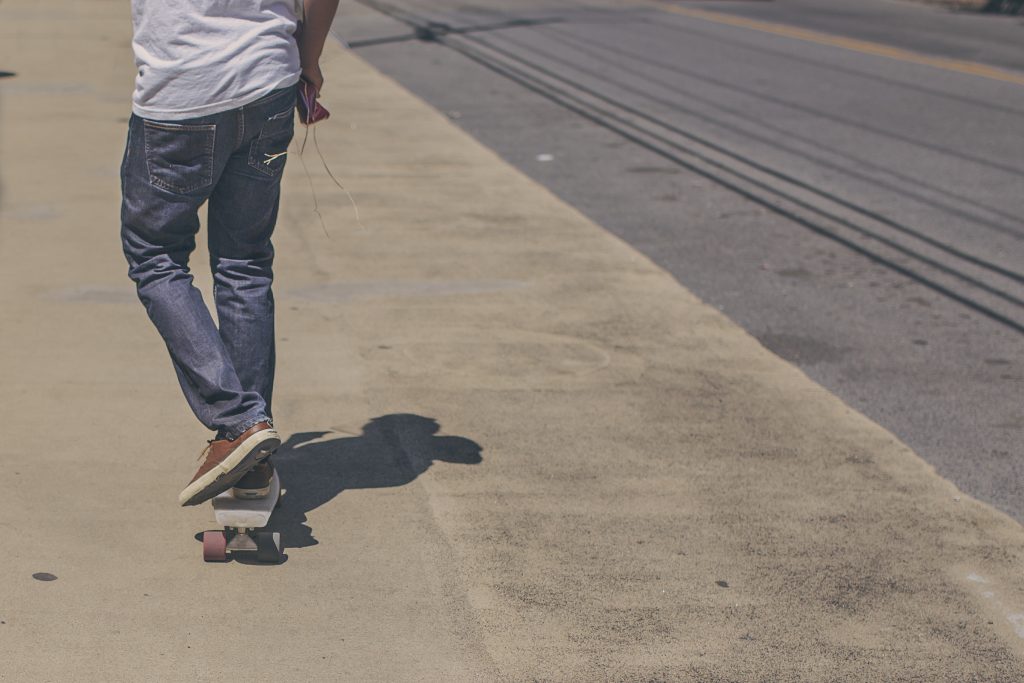 Parents can imagine all sorts of dangerous situations their children could find themselves in walking to school – kidnappings, getting hit by a car, bullying. But what happens if the cause of the injury was a defective sidewalk the city was supposed to maintain? Can the city be held liable? The following case examines the liability of a city when a teenager is injured due to a defective sidewalk in front of her high school.
Parents can imagine all sorts of dangerous situations their children could find themselves in walking to school – kidnappings, getting hit by a car, bullying. But what happens if the cause of the injury was a defective sidewalk the city was supposed to maintain? Can the city be held liable? The following case examines the liability of a city when a teenager is injured due to a defective sidewalk in front of her high school.
While fifteen-year-old Cora Minix was walking to her high school in Rayne, Louisiana, she fell on a sidewalk in front of the school and was injured. Her parents filed a lawsuit against the City of Rayne, claiming the sidewalk’s concrete was cracked and shifted as Minix walked on it, causing her to fall.
The city claimed the sidewalk’s condition was open and obvious and not unreasonably dangerous. At a trial, the court ruled in favor of the City of Rayne, finding the sidewalk’s defect was open and obvious and did not present an unreasonable risk of harm. Further, the city did not have actual or constructive knowledge of the sidewalk’s defect. The Minixes appealed.
A public body, such as a city, is responsible for damage caused by buildings within its care. See La. R.S. 9:2800. In determining if a defect constitutes an unreasonable risk of harm, a court conducts a risk-utility analysis that weighs the risk and type of harm against the cost of repair and societal obligations. See Pryor v. Iberia Parish Sch. Bd. Cities are not required to maintain sidewalks perfectly. Additionally, a pedestrian is expected to exercise ordinary care and consider potential irregularities in the sidewalk.
On appeal, the Minixes argued the trial court erred in finding the City of Rayne did not have actual or constructive knowledge of the sidewalk’s defects at the time of the accident, finding the sidewalk’s defect was open and obvious and not awarding Minix any damages. Concerning whether the city had actual or constructive notice of the sidewalk’s defect at the time of Minix’s fall, the appellate court pointed to the pre-trial memorandum where the city admitted it had notice of the sidewalk’s condition because it was to be repaired with grant money that year. Therefore, the appellate court disagreed with the trial court, finding the city had actual knowledge of the sidewalk’s condition at the time of the accident. Based on the testimony and photographs presented at trial, the appellate court found the defect in the sidewalk could not be considered open and obvious because it did not manifest itself until Minix had actually stepped on it.
Further, the city had ample time and funding to repair the sidewalk. Therefore, the appellate court also disagreed with the trial court, finding the sidewalk’s condition was not open and obvious. There was no evidence to contradict Minix’s claim the sidewalk’s defective was the sole cause of her injuries. Therefore, the appellate court disagreed with the trial court’s dismissal of the Minixes’ claims. The appellate court found the City of Rayne was 100% liable for Minix’s injuries and awarded her $2,105.61 for medical bills and $20,000 in general damages.
The case exemplifies the circumstances under which a city can be held liable for injuries caused by a defective sidewalk. The Minix family successfully appealed the trial court’s ruling by establishing the city’s actual knowledge of the defect and disputing the open and obvious nature of the sidewalk’s condition. When faced with similar situations, seeking the advice of a capable lawyer can prove invaluable, enabling you to pursue your claim effectively and obtain the compensation you deserve.
Additional Sources: Allen B. Minix, et al., v. City of Rayne, et al.
Additional Berniard Law Firm Article on Unreasonably Dangerous Conditions: Court Rules High School Football Stadium Bleachers Are Not Unreasonably Dangerous Grilling for a Cause: The Importance of Safety and Liability in Fundraising Events
 Louisiana Personal Injury Lawyer Blog
Louisiana Personal Injury Lawyer Blog

